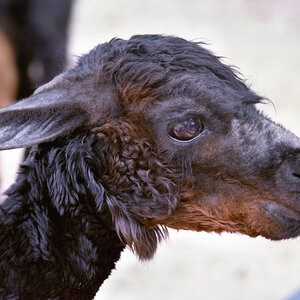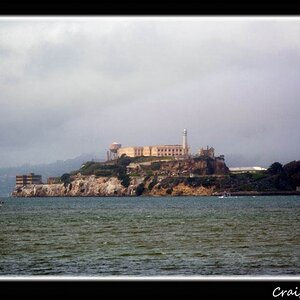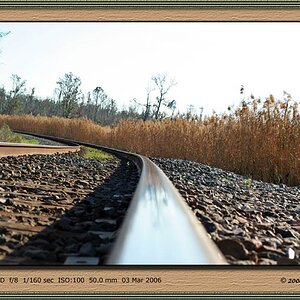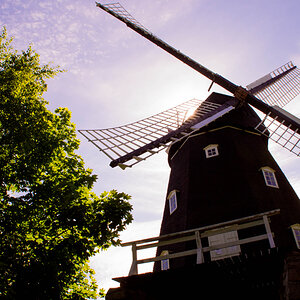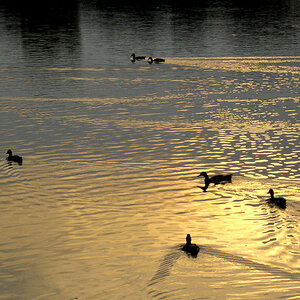Destin
Been spending a lot of time on here!
- Joined
- Sep 11, 2010
- Messages
- 3,864
- Reaction score
- 1,383
- Location
- Western New York
- Can others edit my Photos
- Photos OK to edit
I’m ashamed to admit that I live 40 minutes from the Eastman-Kodak museum that is located on the former estate of George Eastman in Rochester, NY and until this week I had never been. Absolutely incredible and well worth the trip.. if any of you are ever in the area I’d be glad to take you there for an excuse to go back.
Definitely going to go back in better light and weather to photograph the outside of the estate.
Here are a few photos from the vintage camera exhibit:






Definitely going to go back in better light and weather to photograph the outside of the estate.
Here are a few photos from the vintage camera exhibit:









![[No title]](/data/xfmg/thumbnail/36/36644-d48bde7a35945a119c05c18e8c748c27.jpg?1619737671)
![[No title]](/data/xfmg/thumbnail/32/32005-d13a0bcc56327c42bd32dff4b0776658.jpg?1619735150)
